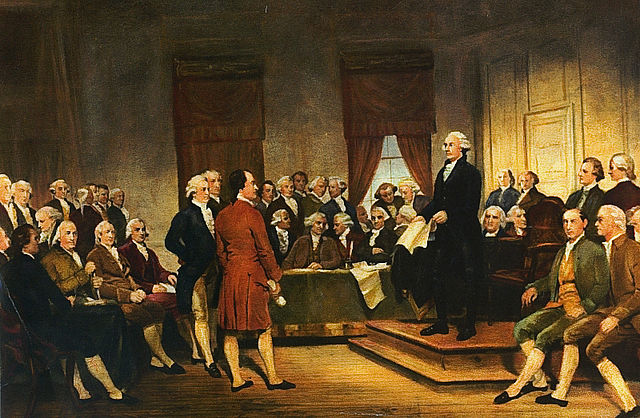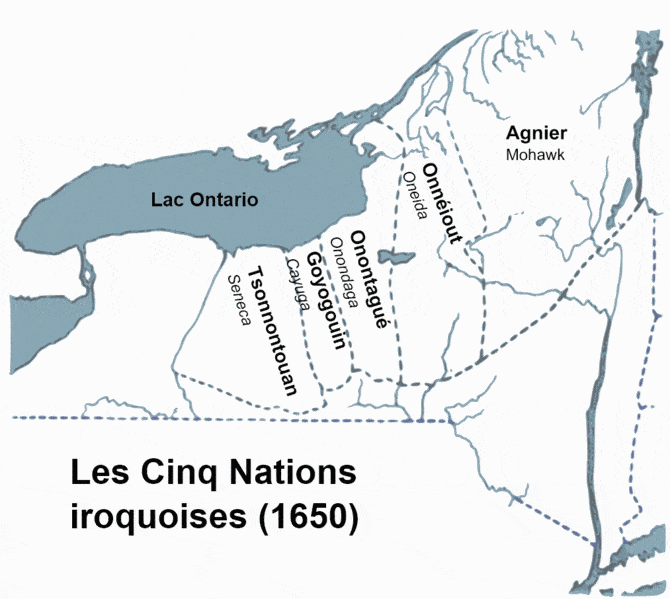In 1987, the United States celebrated the 200th anniversary of the Constitution. The bicentennial brought out considerable debate regarding the convention in Philadelphia which led to the document being submitted to the states for ratification. During the celebrations and debates, a decades-old theory resurfaced to considerable debate among scholars and historians. In 1988, followed by lobbying interested groups, the US Congress passed a resolution, “…to acknowledge the contribution of the Iroquois Confederacy of Nations to the development of the United States Constitution”. According to the Congress, “…many of the democratic principles which were incorporated into the constitution itself…” originated with the Iroquois. The resolution was immediately controversial among historians and scholars. Historians argued the evidence to support the resolution was scanty, and evidence opposing the notion far outweighed that which supported it.

After the interest surrounding the Constitutional bicentennial faded, the idea faded along with it, only to arise again through websites and social media. There is nothing in the form of written evidence of the Iroquois government being a subject of discussion during the convention. The convention did not keep formal minutes of their discussions and debates, though several of the delegates kept meticulous notes. James Wilson’s (Pennsylvania) personal notes mention the Iroquois form of government, but do not debate over its perceived merits. Benjamin Franklin and George Washington were certainly familiar with the Confederation, having negotiated with them. John Adams was also aware of the Iroquois system of government, which he viewed disapprovingly. Here is the debate over whether the US Constitution and the American republic owe its form of government to the Confederation of the Iroquois.

1. The Confederation of the Iroquois in the 18th century
Before the arrival of the Europeans in the New World, the Native American tribes across what became New York State and southern Canada warred with each other over hunting territories, slaves, and property. According to their oral tradition, Hiawatha, a leader of the Onondaga people, joined Dekanawidah (Peacemaker), in a mission to unite five tribes into a confederation under a single government. Five tribes formed the initial confederacy, called the Haudenosaunee (People of the Long House), named for the council house in which the sachems, representing the individual tribes, would gather to meet and debate tribal issues. Initially, the five tribes were the Mohawk, Oneida, Onondaga, Cayuga, and Seneca. The Mohawk lived in the easternmost region of the tribal lands, and were charged with protecting that flank. The Seneca, the largest of all the tribes of the confederacy, filled a similar role on the western flank.
In 1722, the Tuscarora, the final tribe to enter into the confederation, they were admitted after they migrated from the regions of the Carolinas to present day New York. Only the original five tribes of the confederacy sent their sachems to the Great Council, the Tuscarora were represented by the Cayuga. The number of sachems per tribe was established by the positions of the tribes and the lands controlled by each. Fifty sachems comprised the Great Council, with the greatest number allotted to the Onondaga. Despite the subsequent claims of Iroquois unity, established by the Great Council, the Iroquois did not remain unified during the period of the American Revolution. For example, the Mohawk allied with the British during the war, as did the Onondaga, Cayuga, and Seneca. The Oneida fought alongside the American patriots, as did many of the Tuscarora.

